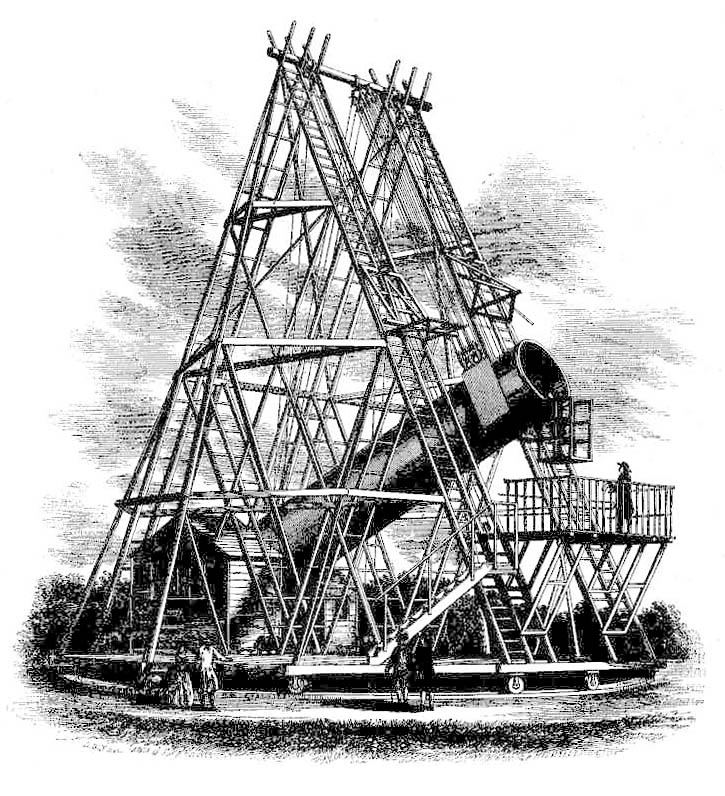Planetary Discovery Circumstances

Most of the planets (including the Earth’s moon) have been known to mankind since ancient times. The planets beyond Saturn were discovered in more recent times.
Uranus (1781)
The discovery of Uranus was unexpected. William Herschel in England thought he was looking at a strange comet in 1781. Through his telescope, the best in the world at that time, the object was seen to have a sharply defined disk and no tail. Subsequent positional measurements showed the orbit to be far away and virtually circular; and thus, a planet. The size of the known planetary solar system had instantly doubled.
Neptune (1846)
The discovery of Neptune is regarded as a triumph of celestial mechanics. Neptune’s existence was inferred from its effect upon the orbit of Uranus. Using that effect, its position was predicted by Urbain Jean Joseph Le Verrier in France and by John Couch Adams in England. As a result of Le Verrier’s prediction, Neptune was quickly found by Johann Galle of the Berlin Observatory in 1846.




